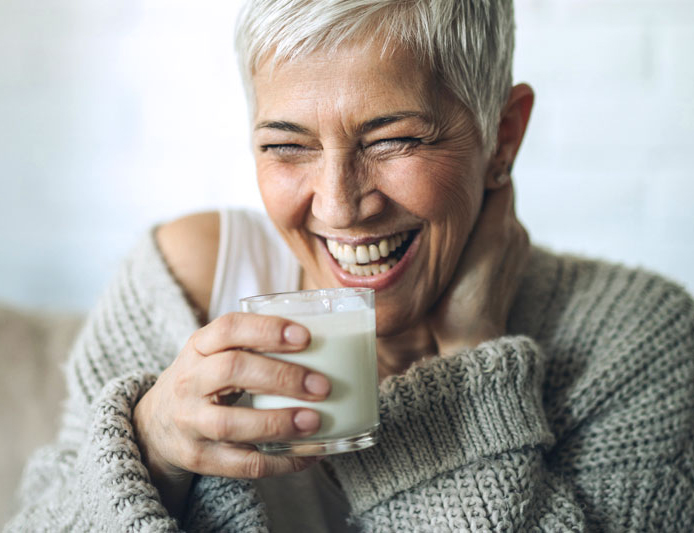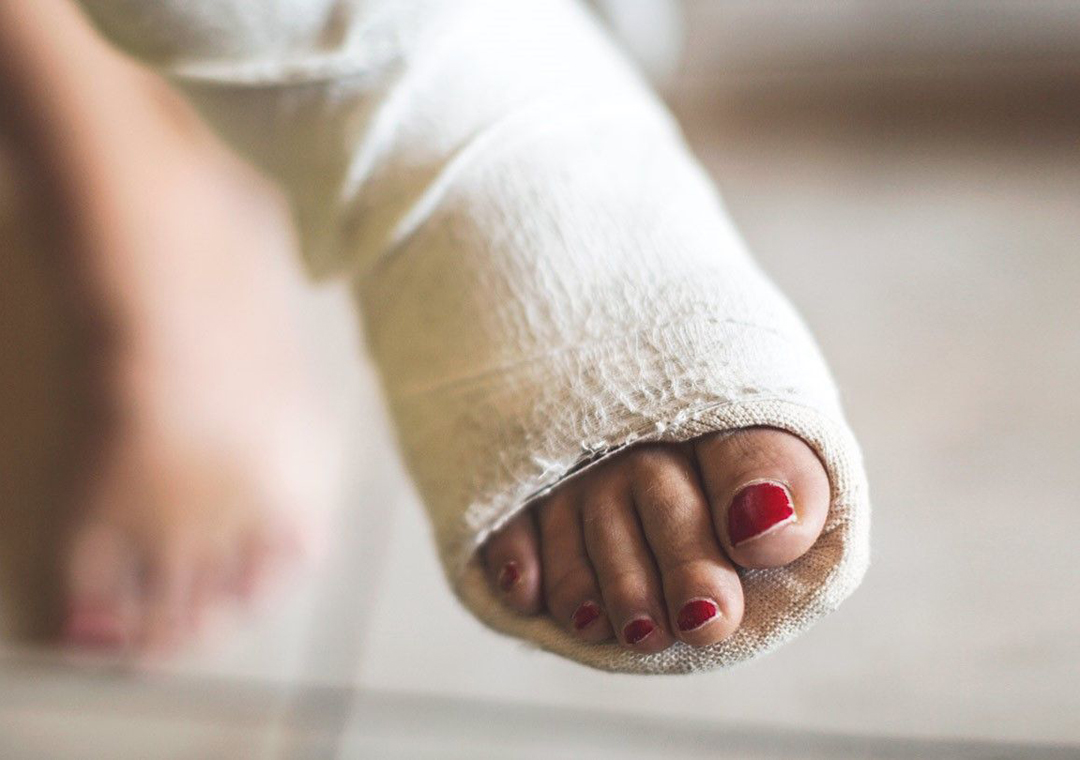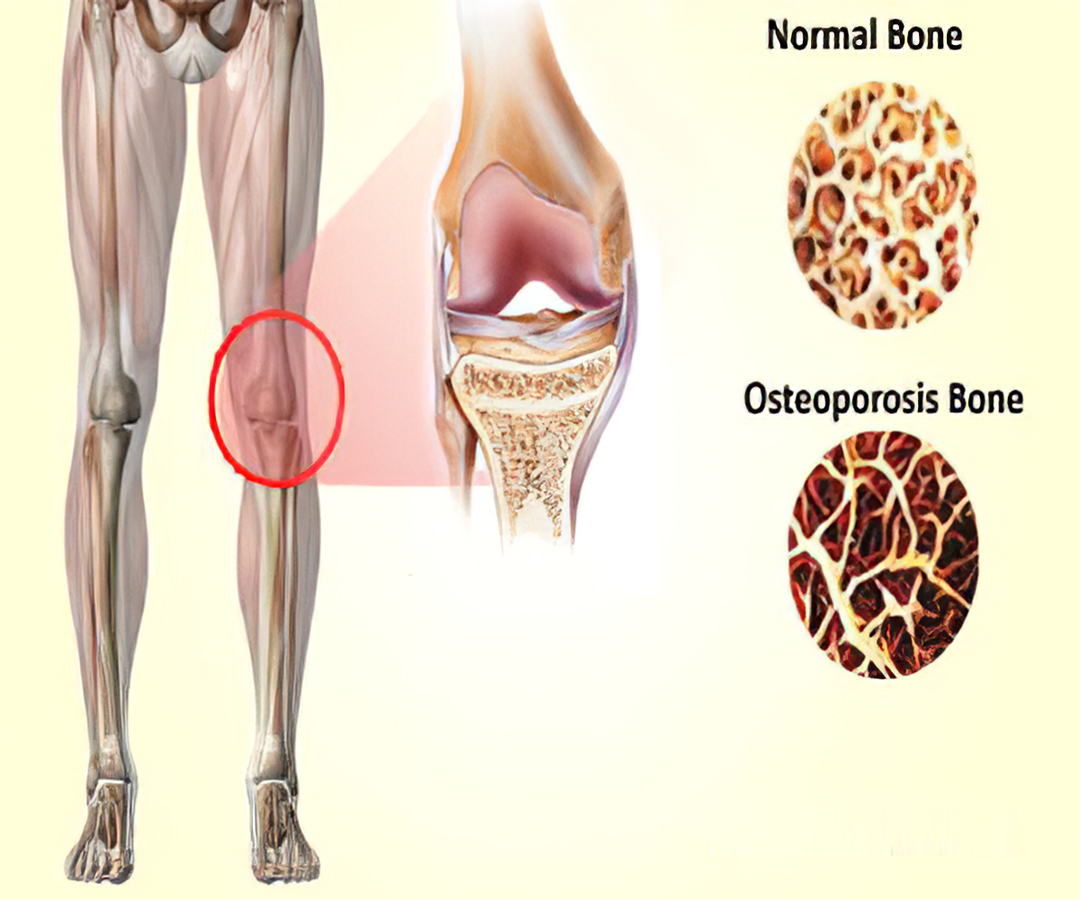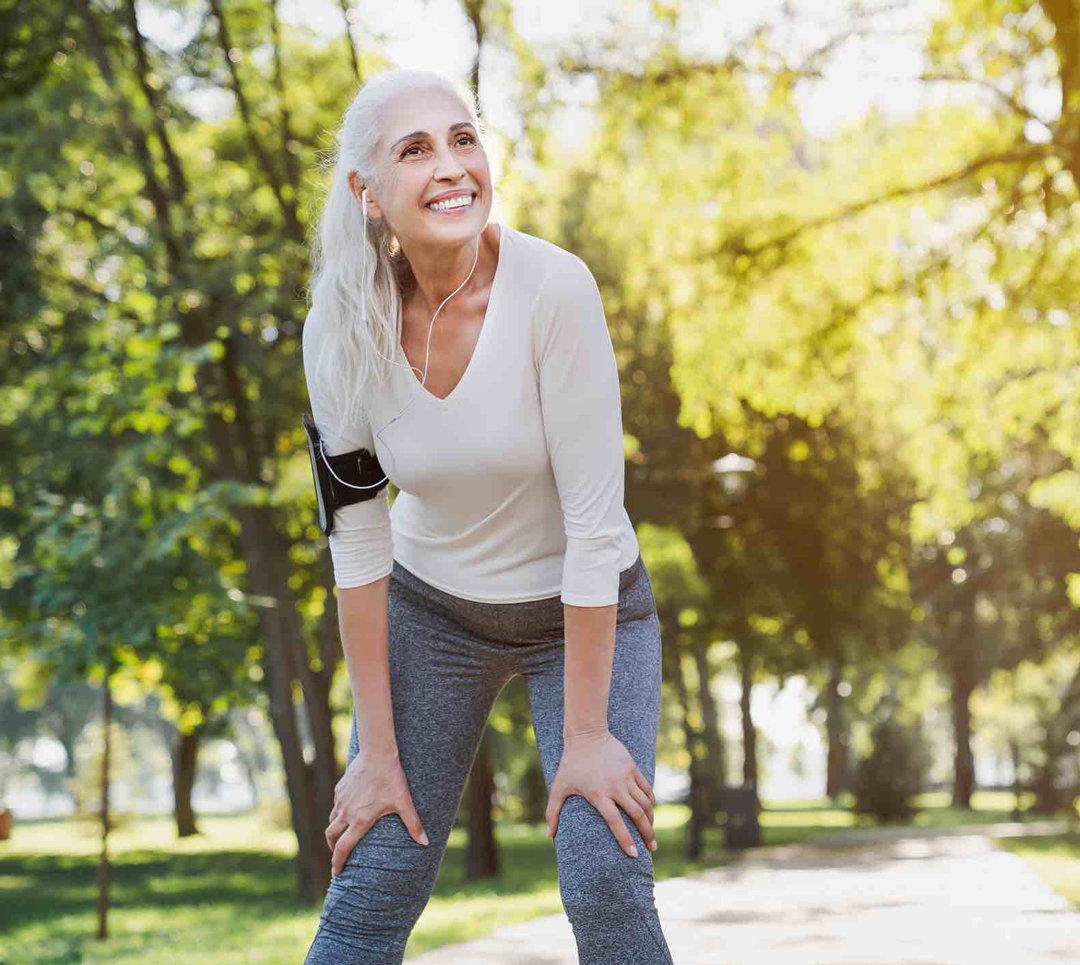
Bone density naturally decreases with age, so the older you are, the more risk increases for diseases such as osteoporosis, osteoarthritis and rheumatoid arthritis. Sedentary women are also more at risk. Besides, there are certain lifestyle factors that boost the chances of weakened bone, including smoking, drinking excessive alcohol or caffeine and eating a mineral-poor diet.
In addition, certain medications can weaken your bones. These include antacids with aluminum, some anticonvulsants, certain cholesterol-lowering drugs, and various others. Be sure to talk to your doctor and read the package insert when you’re prescribed a drug to find out its side effects.
The results of the SDSU study (published in 2003), which measured the bone density of 27 masters cyclists, showed researchers just how significantly bones can deteriorate when not subjected to the rigors of load-bearing activities such as running or lifting weights.
Rheumatoid Arthritis
Although doctors do not know the precise cause of rheumatoid arthritis it is thought to be an auto-immune disease in which the immune system starts to attack its own tissues. The most commonly affected areas are the hands and feet, followed by the knees, wrists, neck and ankles, although the disease can affect any joint in the body. Initial symptoms may include fatigue and fever followed by stiffness and swelling in the joints. Joint pain can become so bad that it restricts movement and in severe cases, bones may fuse together, making movement in the joint impossible.

Rheumatoid arthritis affects more women than men (in a 3:1 ratio) and usually appears between the ages of 40 and 50, although it can also appear in younger people, and is often accompanied by mild aneamia.
Treating the symptoms of rheumatoid arthritis
You should always receive conventional medical diagnosis and treatment for rheumatoid arthritis. Doctors may recommend immuno-suppressant drugs or, in severe cases, joint replacement. Complementary therapies can be useful for symptom relief. Dietary therapists may recommend limiting animal fats in the diet and taking supplements such as multivitamins, vitamin B complex, vitamin C, vitamin E (except when anti-coagulant drugs are being taken), glucosamine sulphate and zinc. An elimination diet may also be recommended if it is suspected that the disease is related to a food intolerance. Joint mobility can be helped by swimming, and pain can be eased by applying gentle heat to the area.
Osteoarthritis
As the joints age they become prone to osteoarthritis. The cartilage in the joint wears away and the ends of the bones may rub together and develop growths which are known as spurs. The symptoms include joint pain that is exacerbated by movement, stiffness in the morning and bony growths on the fingers.
Osteoarthritis usually affects joints that have been subjected to excessive wear and tear. It is common in weight-bearing joints that have been overused in the past. Too much kneeling, for example, may cause osteoarthritis in the knees. There is no definitive cure for osteoarthritis; treatment consists mainly of pain relief and, occasionally, joint replacement surgery. Being overweight places unnecessary stress on the joints, so an important part of preventative care is maintaining a healthy weight or losing weight if necessary. Try to keep joints as strong and as flexible as possible by taking regular exercise. A healthy diet that is low in saturated fats, and high in fish oils may also be helpful.

Supportive action for osteoarthritis
It is thought that damaging substances known as free radicals may play a major part in arthritis. Taking an antioxidant supplement can help combat free radical damage to the joints. Dietary therapists also recommend taking a daily supplement of gamma-linolenic acid (GLA). If you suffer from osteoarthritis, you should avoid tasks, such as carrying heavy bags, which place unnecessary stresses and strains on the affected joints. Swim regularly and consult a physiotherapist about specific exercises to prevent muscle wasting around the affected joints. Useful complementary treatments that you may wish to try include osteopathy and chiropractic.
Back problems
As you grow older, everyday stresses and strains on the spine can build up and result in chronic back problems. The people most likely to suffer are manual workers, office workers, the overweight and the elderly. Back pain is usually caused by muscle or ligament strain or disc problems.

Preventing back complaints
The mainstay of preventative care is regular exercise that strengthens the back muscles. Both swimming and yoga are excellent. You should also pay careful attention to your posture when sitting, standing and lying. If you work at a desk make sure that it is at a comfortable height and that your chair offers lower back support. Be careful how you lift heavy items – always bend at the hips and knees, taking the weight on your legs and keeping your back straight. Never lift and twist at the same time.
Easing backache
If you have back pain, there are a number of things that you can do to relieve the pain.
- Lie flat on your back with your knees bent.
- Apply a cold compress to the affected area.
- Make a hot compress, of camomile, rosemary, eucalyptus and lavender essential oils. Allow up to 8 drops of essential oil per 100ml of hot water. Soak muslin in the water and oil, squeeze out excess and apply to the back. Place a warm towel over the compress and leave for at least 2 hours. (Eucalyptus may cause skin irritation, so use sparingly.)
- Hot showers may ease pain.
- Make sure your back is adequately supported by your chair and mattress.
- Sleep on your side with your knees bent and a pillow between them (or on your back with pillows beneath your knees).
Disclaimer
The Content is not intended to be a substitute for professional medical advice, diagnosis, or treatment. Always seek the advice of your physician or other qualified health provider with any questions you may have regarding a medical condition.